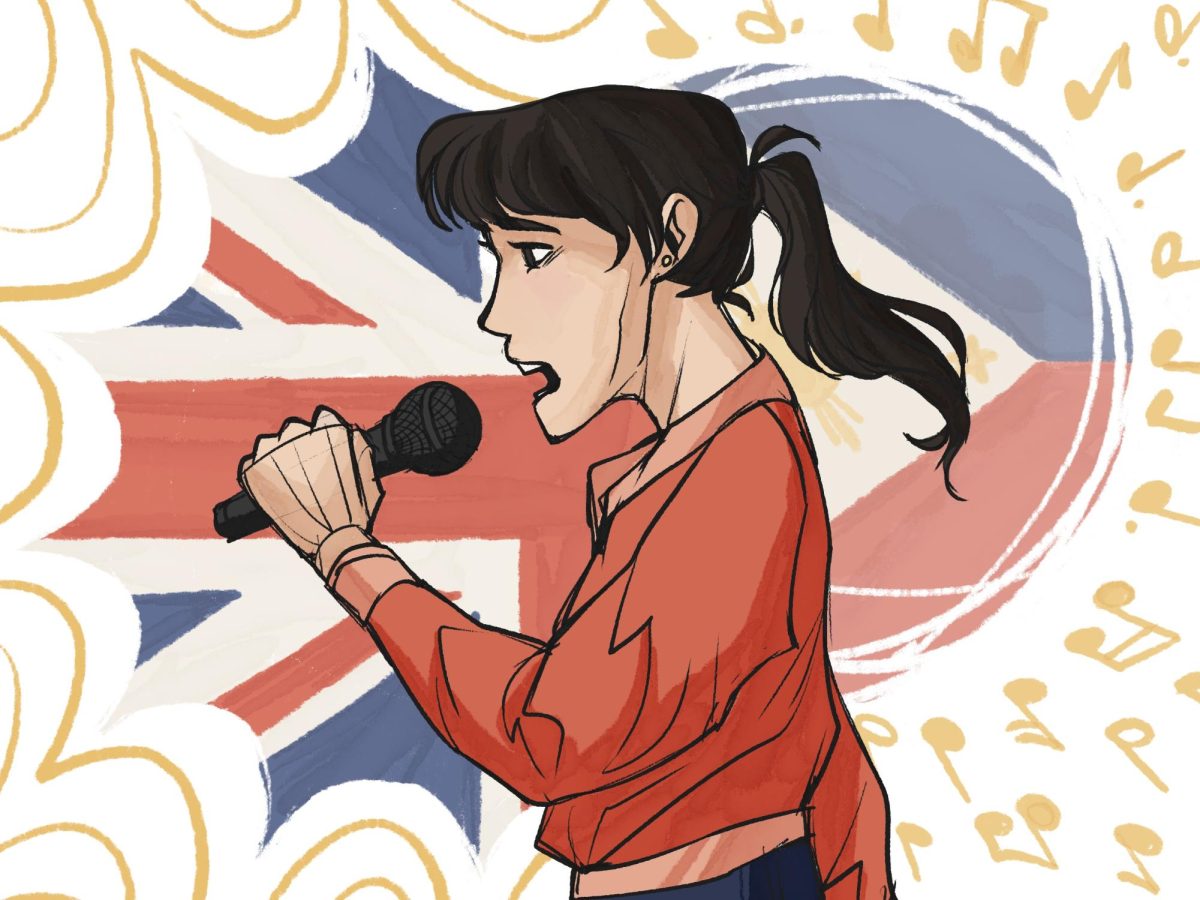In January, pop and R&B artist Thuy announced her accomplishment as the first Vietnamese-born performer to debut at Coachella. Furthermore, the length of time it took for a Vietnamese artist to perform at such a huge music festival has made it evident that the music industry has prevented Asian-American artists from becoming as successful as they have worked to be.
Born from two Vietnamese refugee parents, Thuy’s recent success is considered an anomaly in modern society. Asian-American artists who have historically topped the charts were either part Asian, mixed with European ancestry, or encompassed a peculiar racial ambiguity that contributed to their success. As a result, Asian-American artists without Eurocentric features have become confined to popularity within a small demographic of fans.
While the “girls like me don’t cry” singer became a voice for the Vietnamese community this year, a similar success story can be traced back to January 2021. Three years ago, Olivia Rodrigo’s smash hit “driver’s license” became one of the most critically acclaimed pop anthems of the year, and simultaneously her Filipino-American identity became a focal point of her celebrity image.
A major difference between Thuy and Olivia Rodrigo’s stories comes from their levels of success. While Thuy is remotely well-known by young fans, Olivia Rodrigo has become a pop sensation worldwide. While there are many reasons for this contrast, Rodrigo was born from a Filipino-American father and an American mother with German and Irish ancestry, encompassing particular Eurocentric features reminiscent of predominantly white pop stars, the likes of Britney Spears and Madonna. While Asian-American representation has become more diverse in the past decade, it is more than necessary to hear from artists who are not only mixed but predominantly Asian as well.
Despite Rodrigo being a product of Disney Channel, notoriously known for their Eurocentric beauty expectations, her lighter skin tone makes it easier to gain popularity due to colorism and the prejudice that comes with darker-skinned individuals of the same ethnicity. Regardless, she still has immense pride in her heritage and cultural upbringing. By redefining the pop star image as being inclusive of all races, Rodrigo has contributed to the music industry’s recent diversification.
Inclusivity, however, should not be at the expense of artists who contradict what a pop star should look like from society’s perspective.
Similarly to Rodrigo, singer-songwriter Conan Gray, primarily raised in Texas to a Japanese mother and Irish father, had already become a successful pop artist in the American music industry since his 2018 debut EP “Sunset Season.” The “Heather” and “Maniac” singer believes his Asian identity consumes how the music industry perceives him despite being half white, according to People magazine. Consequently, mixed Asian-American artists are often discriminated against by individuals who heavily focus on their Asian identity. At the same time, they ironically gain fame for possessing certain Eurocentric features that people are drawn to.
Li-Wei Chu conducted a survey for From the Intercom, where 79 people mostly under the age of 25 were asked a variety of questions about Asian-American representation in music. While 41.3% of respondents said they enjoy listening to Asian-American artists, an overwhelming 38.8% of respondents could confidently name only one or two Asian-American artists, and 17.5% were not aware that Asian-American artists made music, or they did not listen to them at all.
Ironically, there are a few Asian-American artists the respondents likely would have recognized, who have gained mainstream popularity nationwide, Bruno Mars for instance. While his father is Puerto Rican and Jewish, his mother is from the Philippines, located in southeast Asia. Mars has become one of the most famous musical artists of the 2010s from number one hits to Super Bowl halftime performances in 2014 and 2016.
Mars’ Asian identity, however, is not completely obvious to the general population. His ambiguity has extended far enough for some audiences to mistake him as Black, revealing how audiences are not completely familiar with Asian-American artists like Mars becoming cultural icons and worldwide sensations.
Within the bedroom pop scene, “prom dress” singer mxmtoon, raised by a Chinese-American mother and German-Scottish father, commented in an interview with Buzzfeed about the importance of gaining new people and voices in the music industry. Her difficulties in finding success as a minority among white male music executives reveal the value of creating diverse spaces for all Asian-American artists to share their art. Moreover, artists should be promoted regardless of their ethnicity, further perpetuating the necessity for racial inclusion in all aspects of the music industry.
In the alternative and indie music space, “Washing Machine Heart” and “My Love Mine All Mine” singer-songwriter Mitski was born to an American father and a Japanese mother. Growing up speaking Japanese as her first language, Mitski expressed in an interview with NPR her feelings of isolation from both white and Asian communities. As mixed-race artists face social inequality in their personal lives, any artist with Asian heritage could fall under the expectation of either appearing ambiguous, or distinctly white-passing.
Despite efforts to diversify the music industry among artists and consumers, the current rise of Asian-American artists contributes to the rise of creative freedom, authenticity and individuality. While the neverending expectation of Asian-American artists to possess certain Eurocentric or ambiguous features can lead artists to feel unworthy of success, their heritage should be embraced and celebrated, rather than ridiculed and hidden.


